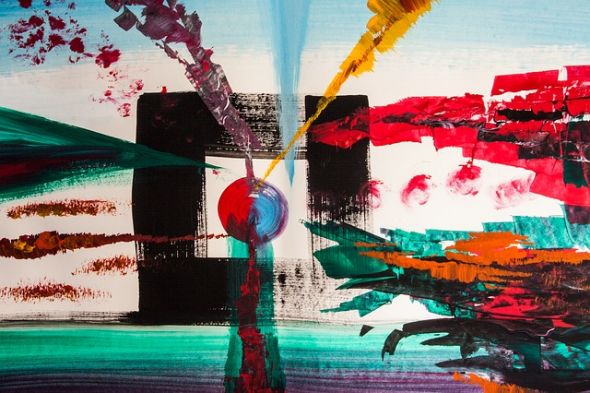
One thing we have learned in our journey through the mental health issues that arose in our family due to the COVID pandemic is that there is more than one way to proceed with therapy. Many different approaches are available and should be explored. Over the past few months, we have talked about quite a few of these in this series of articles.
However, there is one very interesting method that we have not discussed yet, art therapy. Either in conjunction with other techniques, or by itself, the combination of art and psychology can be very effective as a treatment. This is even more pronounced with patients who may be apprehensive or have some difficulty expressing themselves verbally to a therapist.
A trained art therapist can gain much needed information from not only the actual artwork, but also by observing the symbolism contained within the art, as well as listening to the patient he or she is creating the work.
Throughout the process there will be opportunities for expressing feelings, gaining confidence, better understanding problems, and even enjoying a creative outlet in the midst of difficult times. All of this can help foster relax and reduce stress.
While almost any type of artistic approach can be incorporated into the therapy, but some of the more helpful and common pursuits are painting self-portraits or pictures of family members, sewing, creating ceramics or pottery, and making gifts.
All of these help the patient to gain confidence and improve coping skills, while allowing the therapist to analyze the symbolism within the artwork and to use the art as an opening for a conversation about the client’s problems.
Out of all these advantages, perhaps the most pronounced is stress reduction. Ideally the patient can relax and get lost in the creative process, even if it is only for a little while. There is no doubt that leaving the anxiety and troubles of day-to-day life behind has any number of advantages.
Managing stress can also lead to discovering new ways to deal with situations and finding the necessary strength to move forward with life. This can be especially helpful for those in dysfunctional families or abusive situations.
People with these in their background often have difficulty discussing those issues, which makes art therapy ideal because the patient doesn’t necessarily need to speak in order to express their feelings and anxieties.
Hopefully, some artistic people reading this may feel that art therapy could be a field of psychiatry that would be interesting to get involved in as a professional therapist. If so, BetterHelp.com has valuable information and advice that can help you make up your mind.
First and foremost, you need to have a passion for helping people. Add that to a knack for patiently listening and communicating clearly, along with a curiosity for psychology and human behavior, and you are ready to go.
Next, explore your educational opportunities and find a university that offers an Art Therapy Master’s Program. Then you can combine your artistic talent with a desire to guide people to discovering better mental health, and be on your way to an exciting new and incredibly rewarding career.
David & Veronica, GypsyNester.com
For more about BetterHelp.com and their programs, please see these previous articles we have shared on GypsyNester.com:
Some Observations about Online Therapy
Anxiety is Almost Unavoidable These Days
Don’t Let the Cost Stop You from Seeking Help
Exploring the Different Types of Therapy
Identifying Problems in the Present with Cognitive Psychotherapy
Examining the Role of Geriatric Psychiatry as our Loved Ones are Aging



Good write-up, I am going to be a regular visitor for a lengthy time.
I really like your writing style, superb info , regards for putting it up : D.
Thanks!